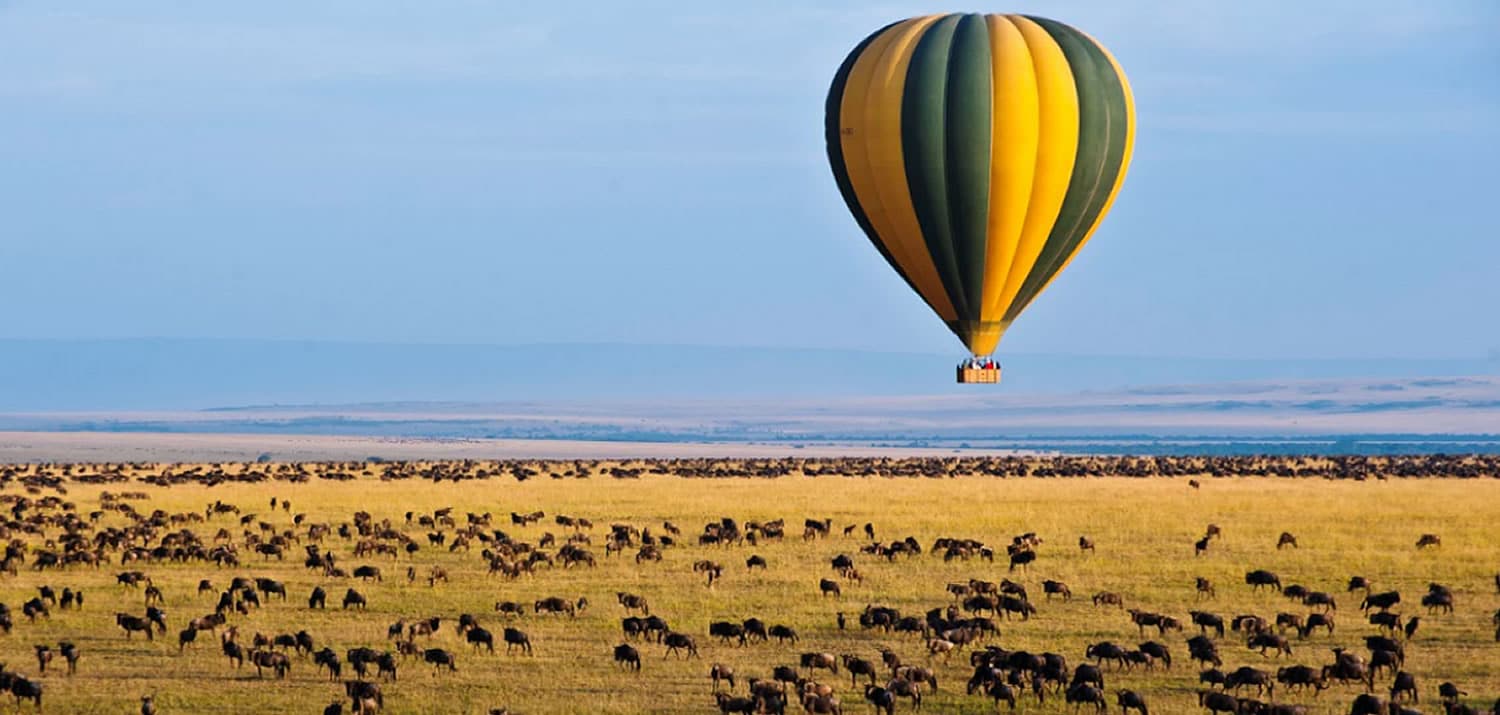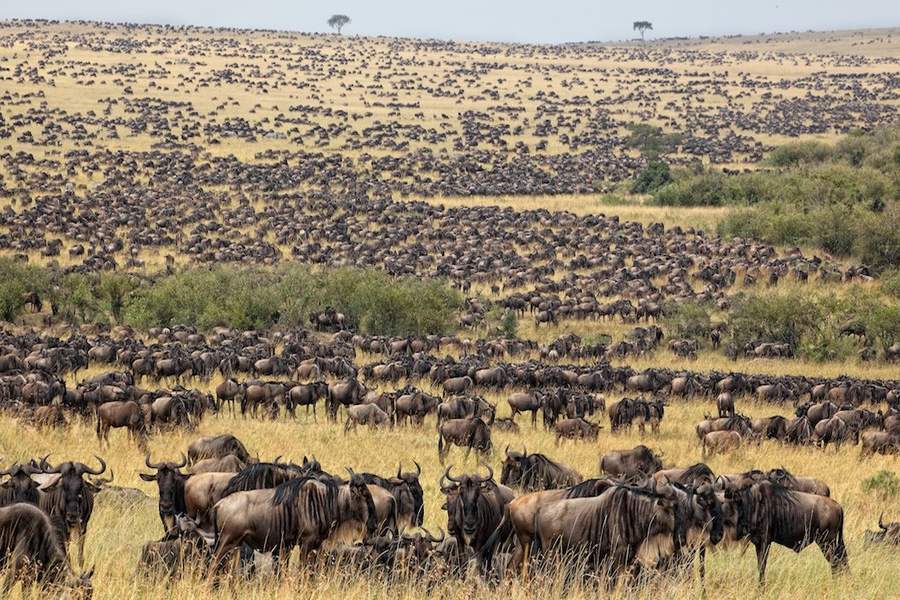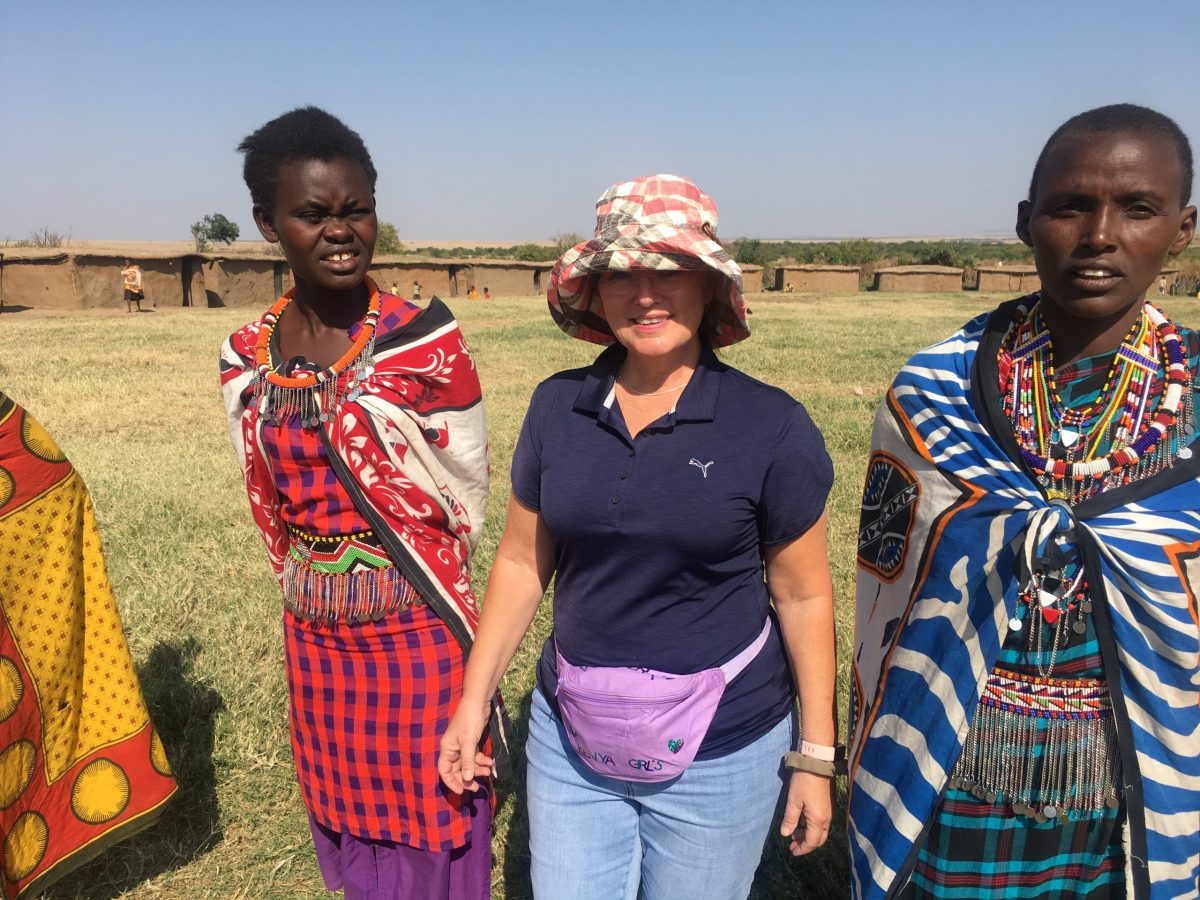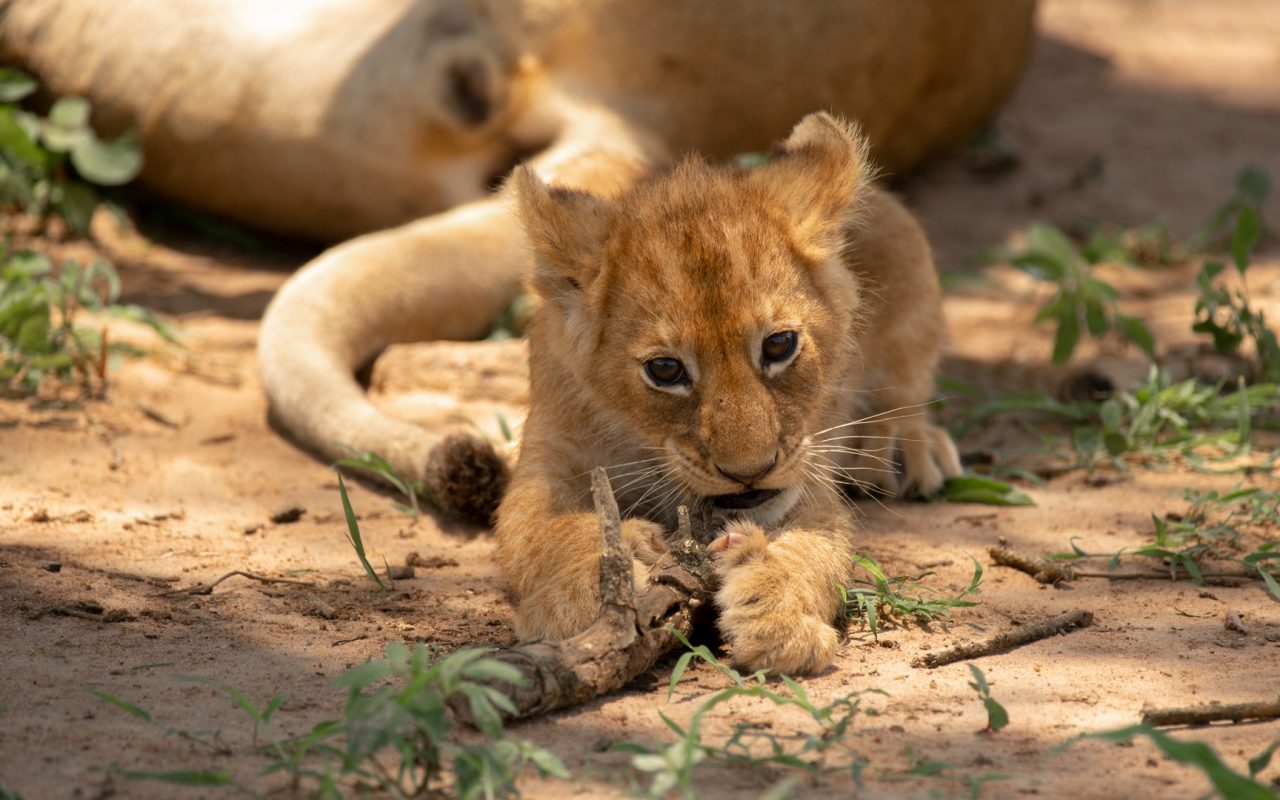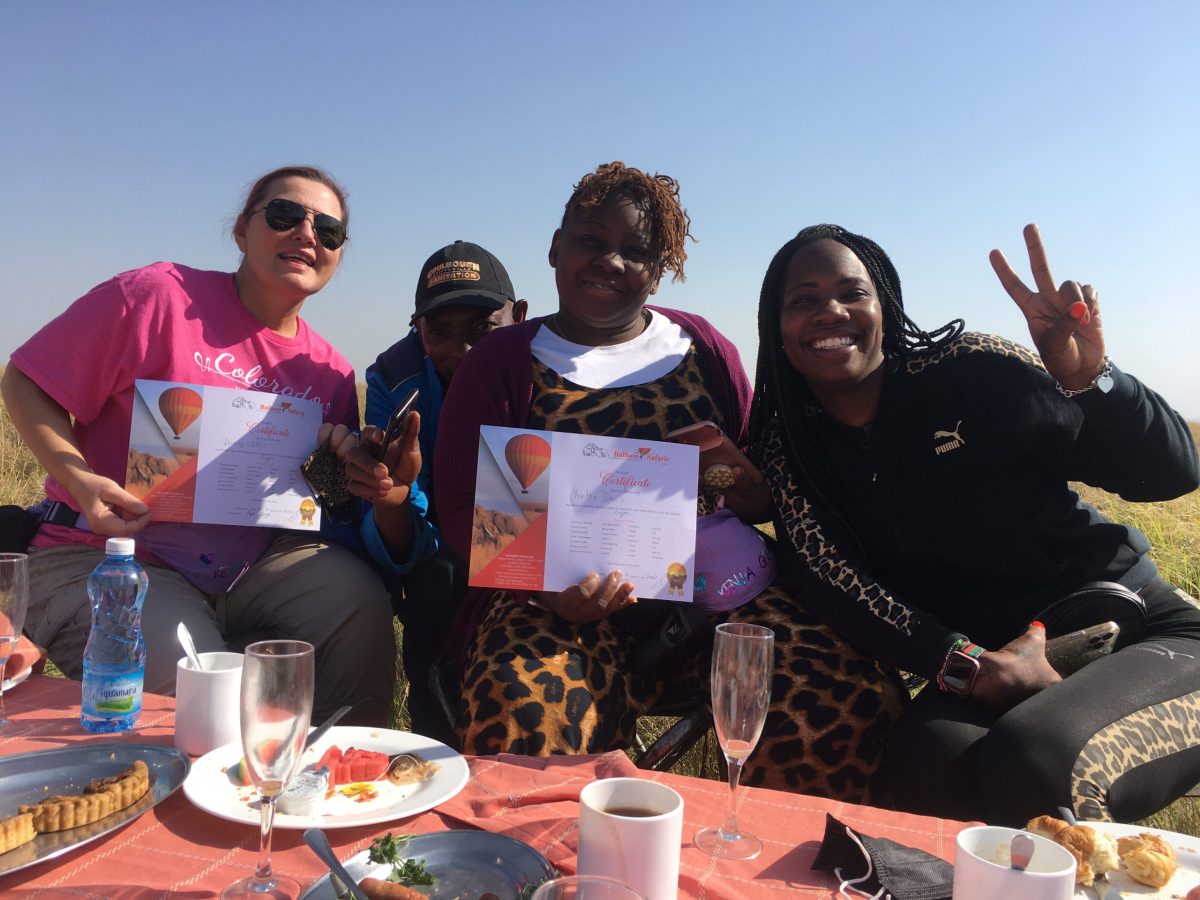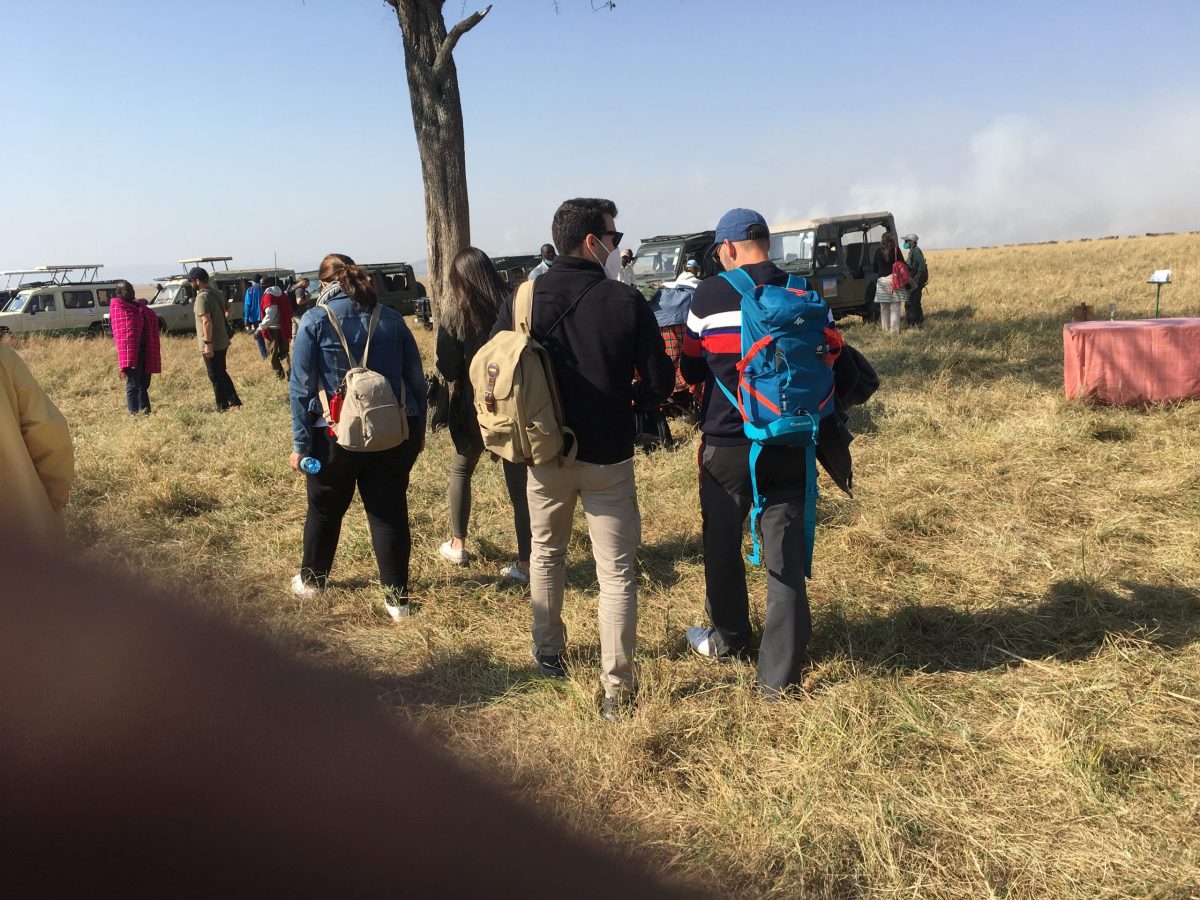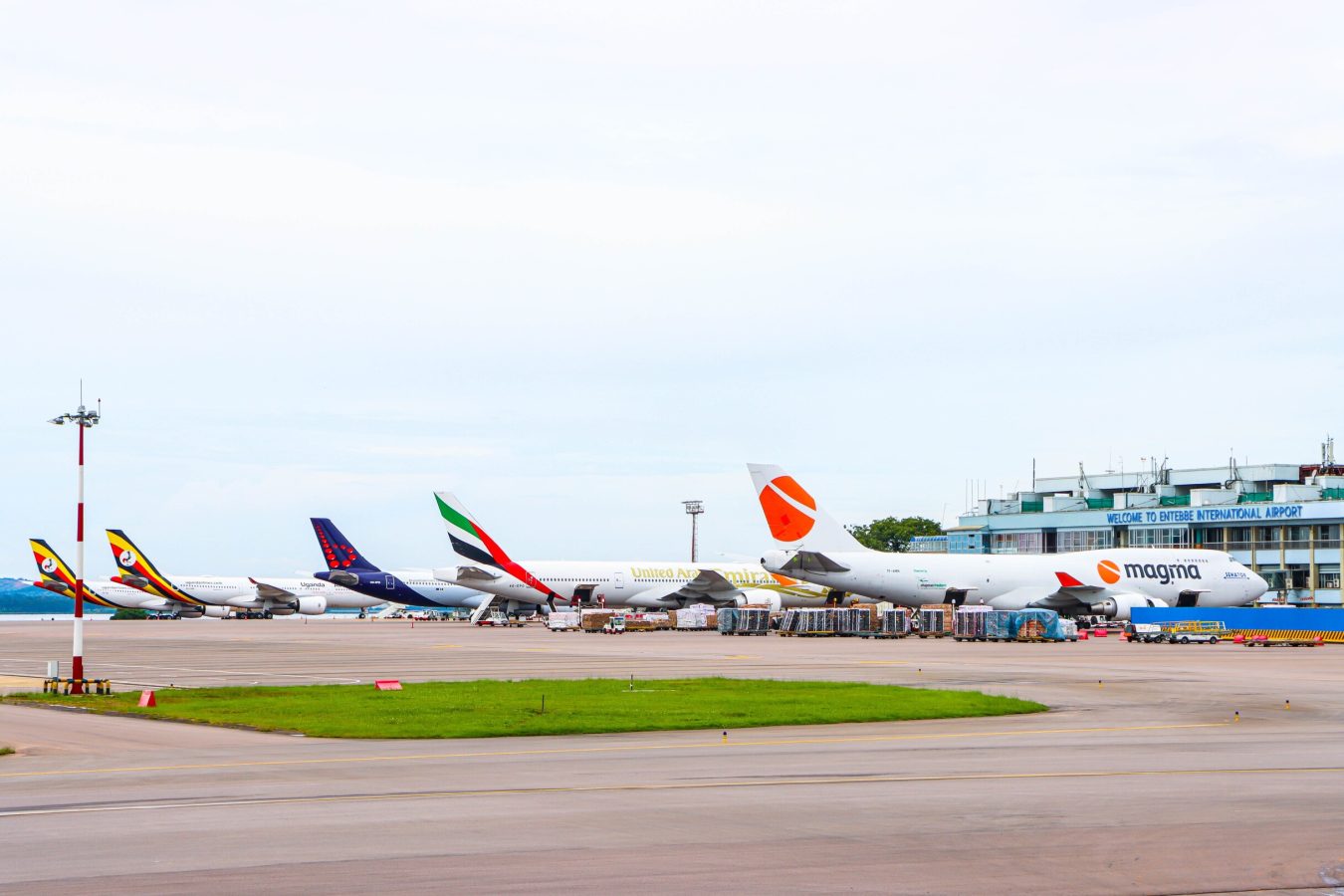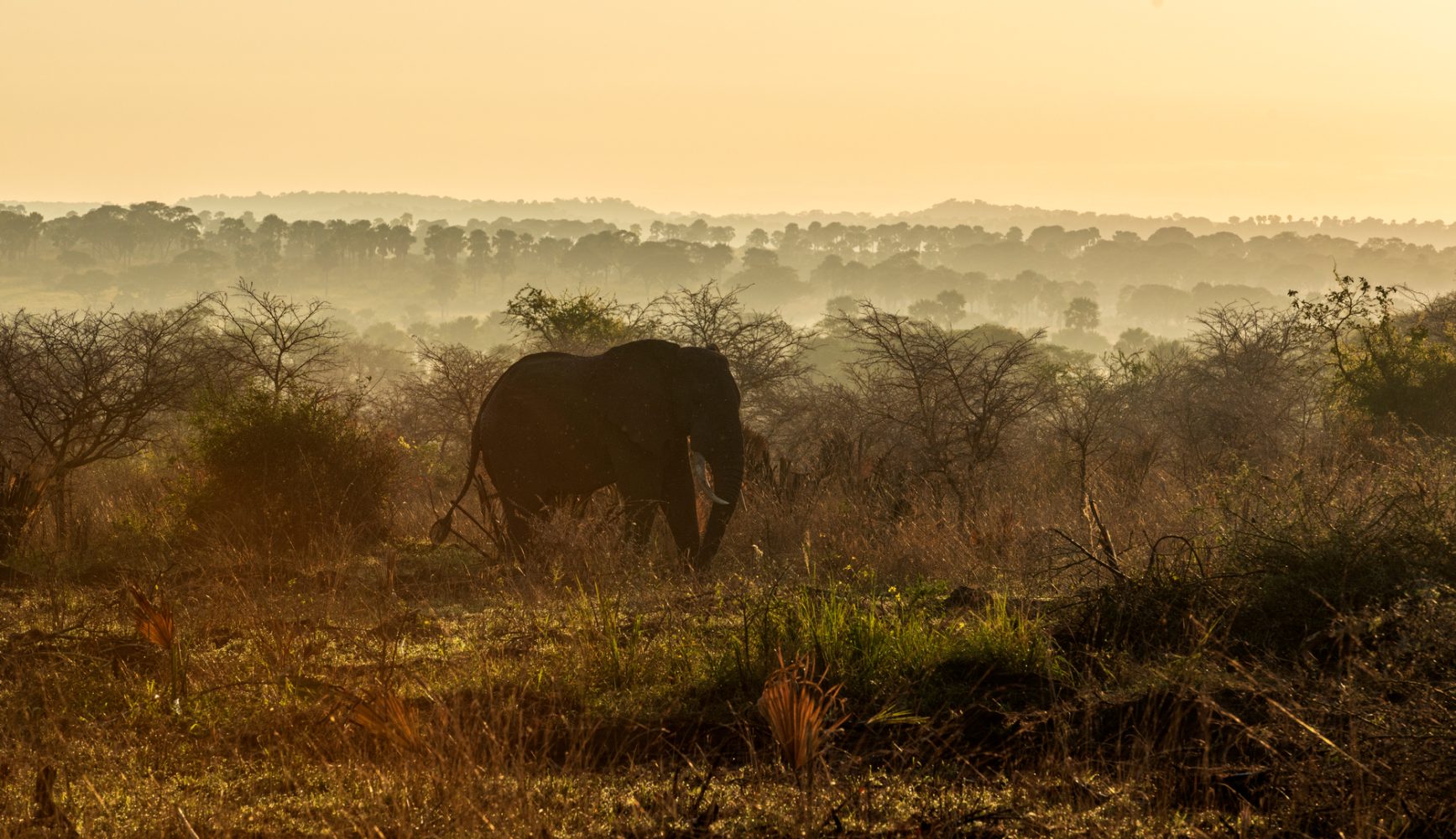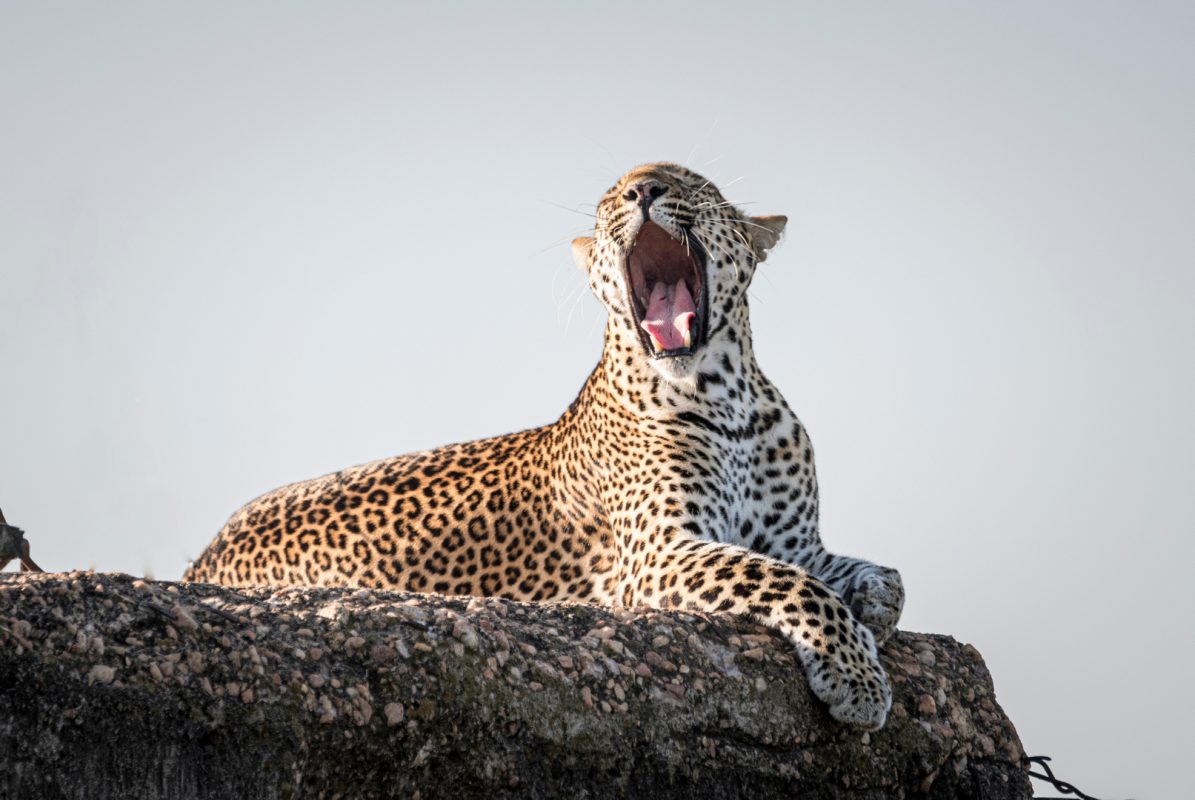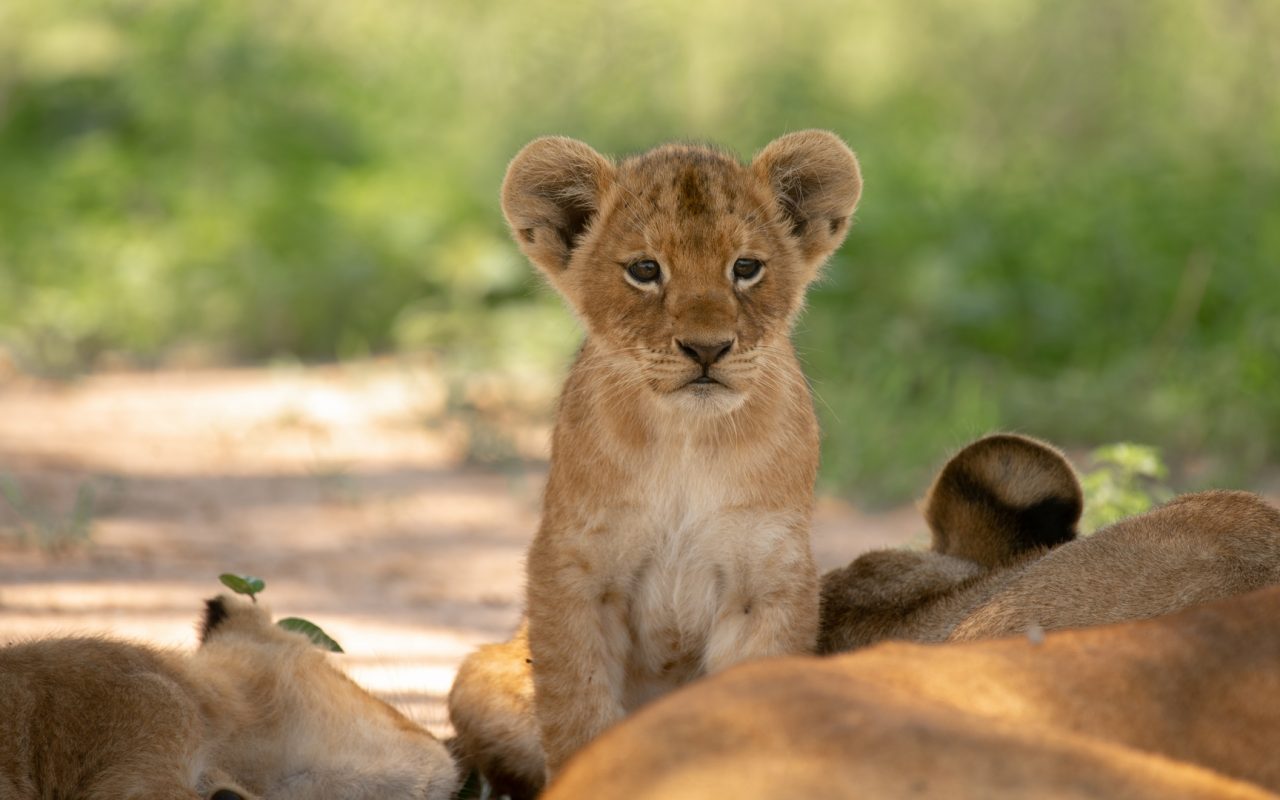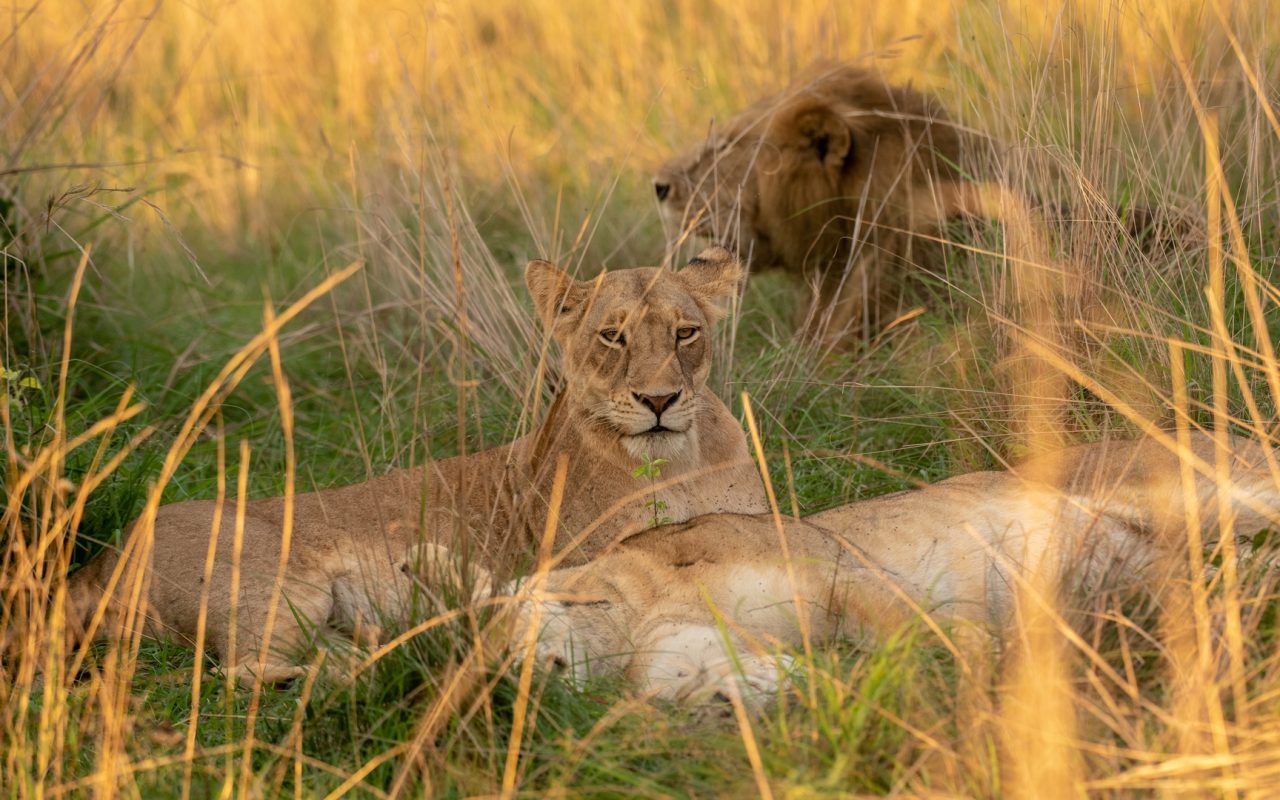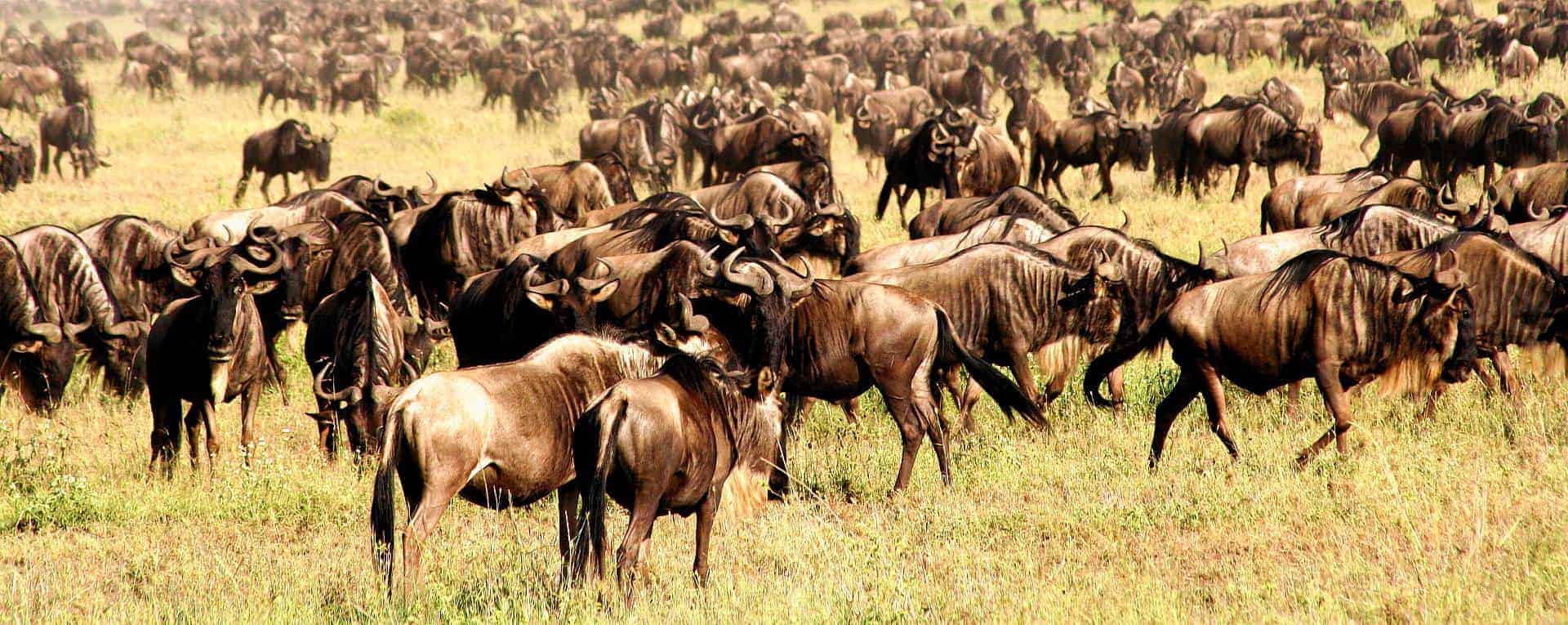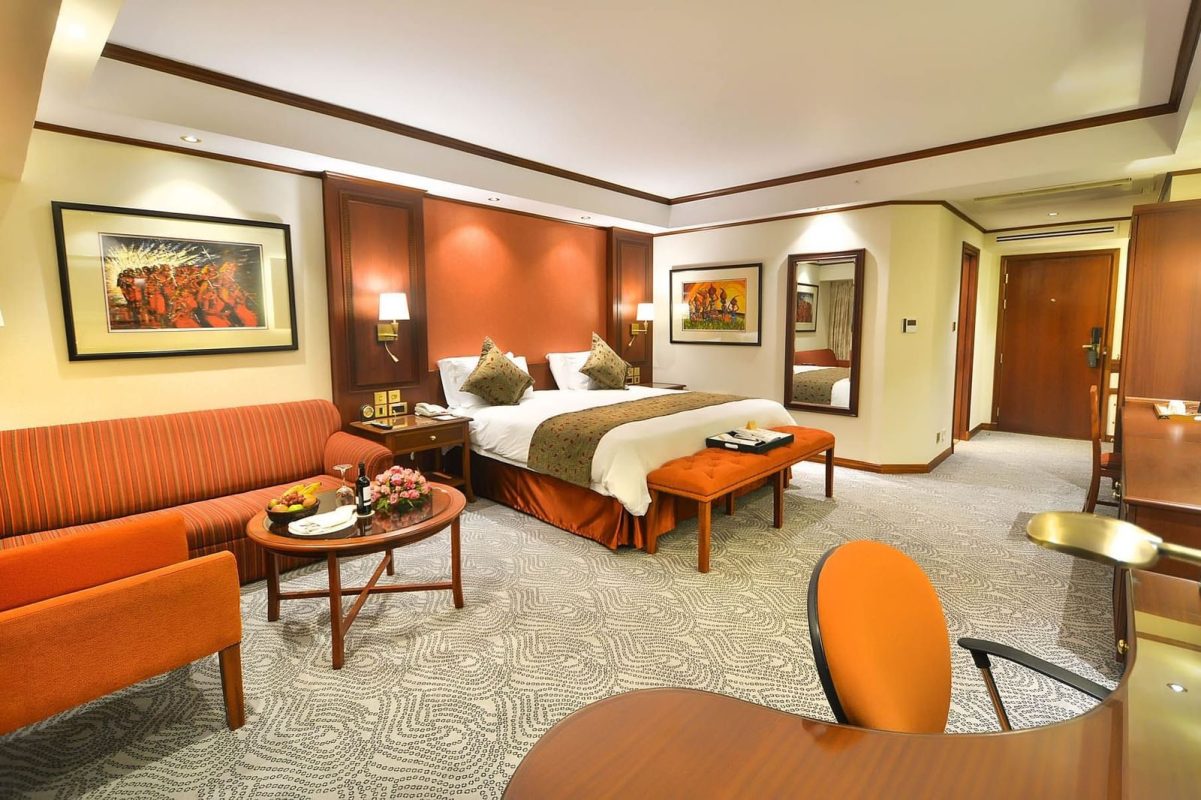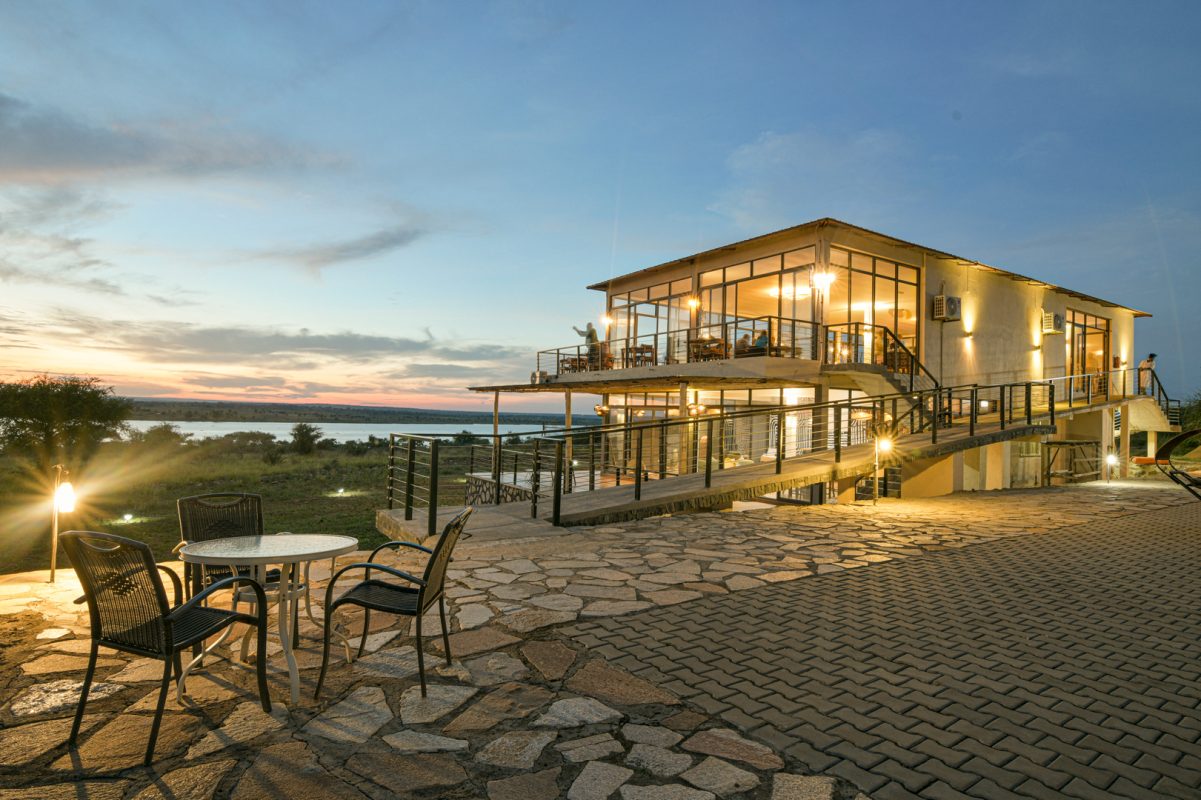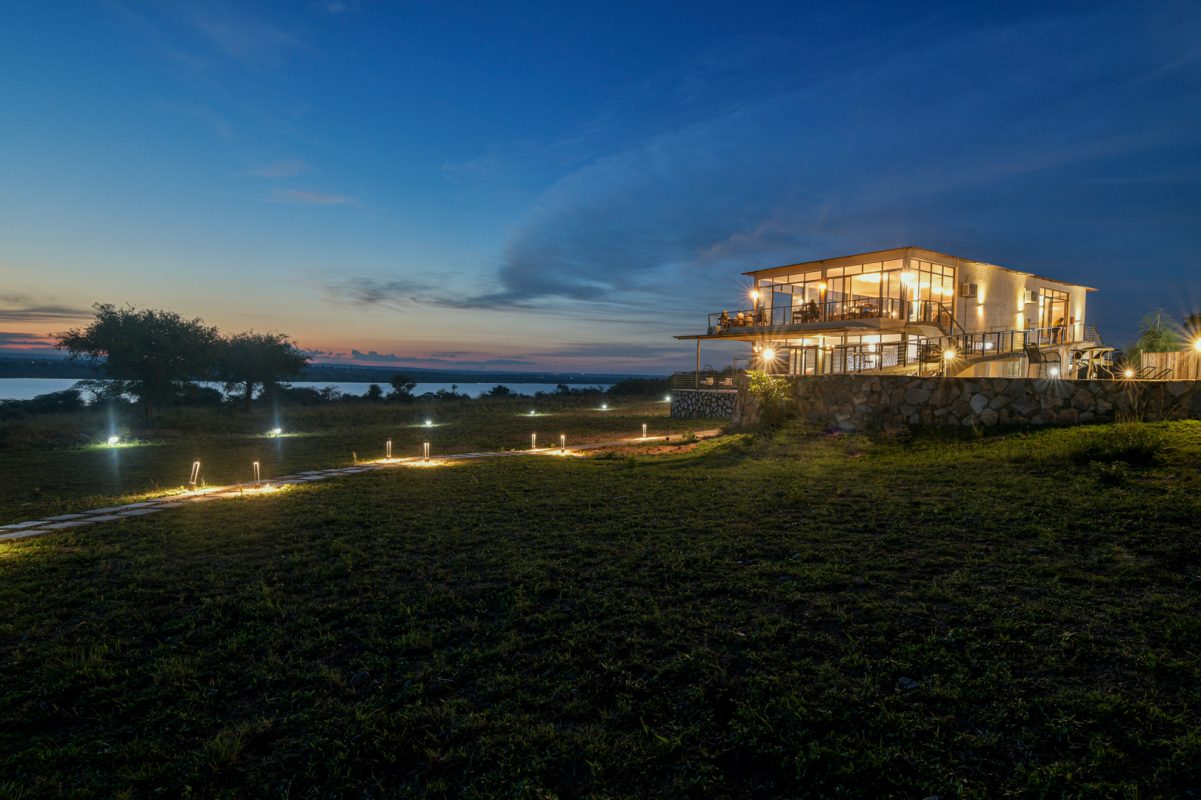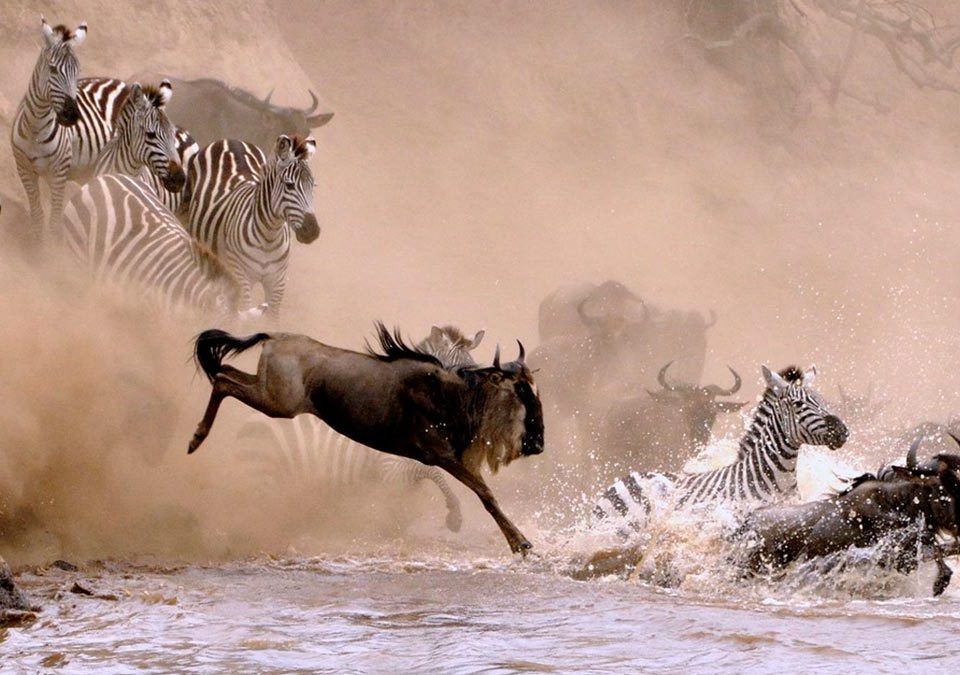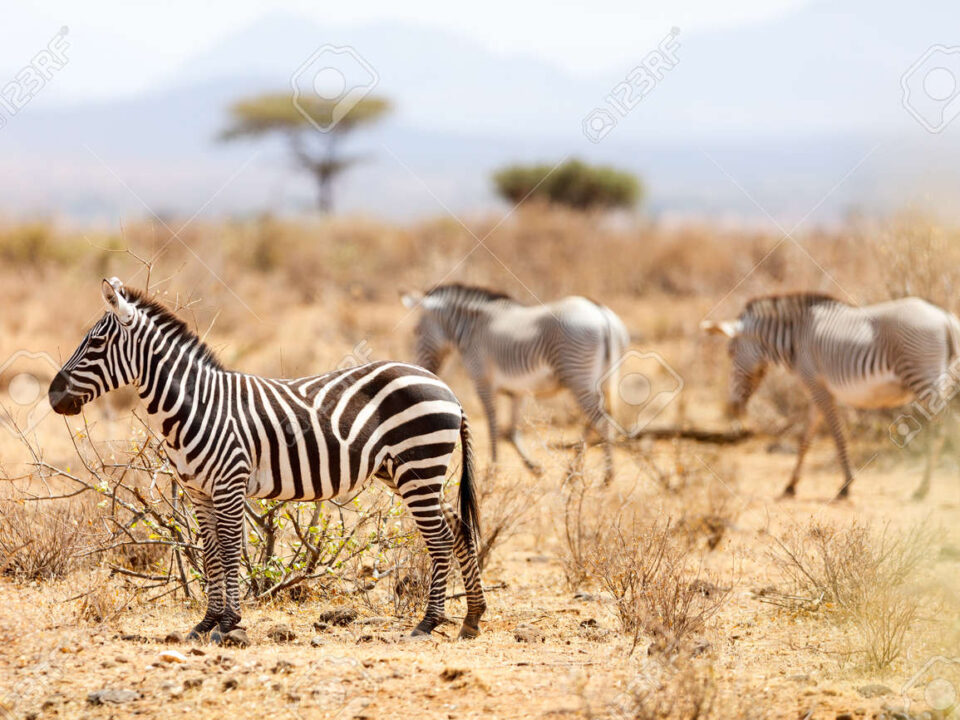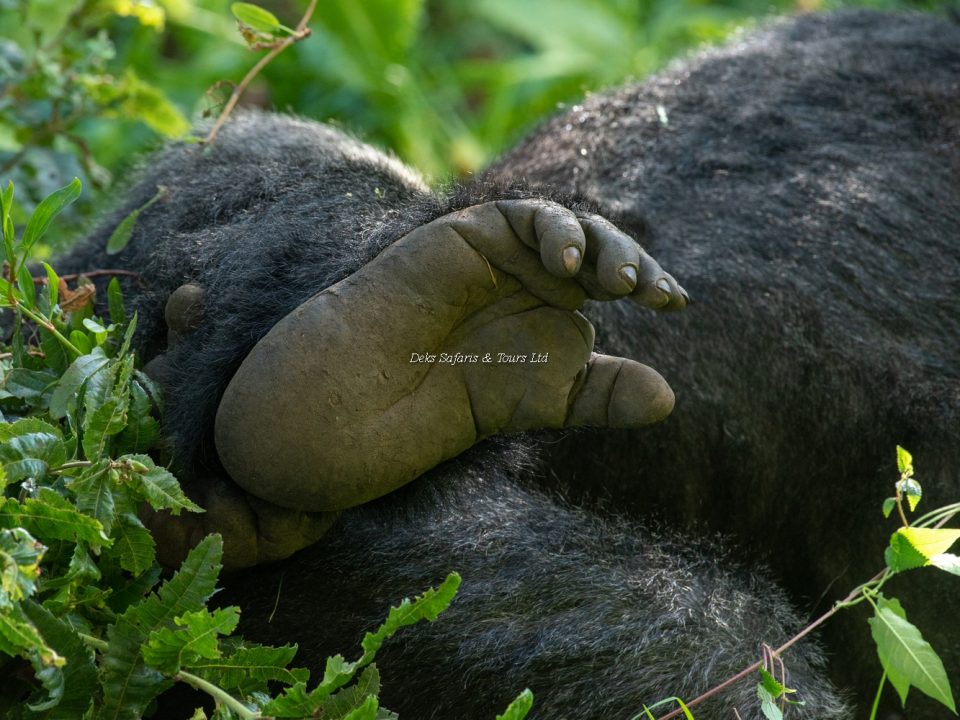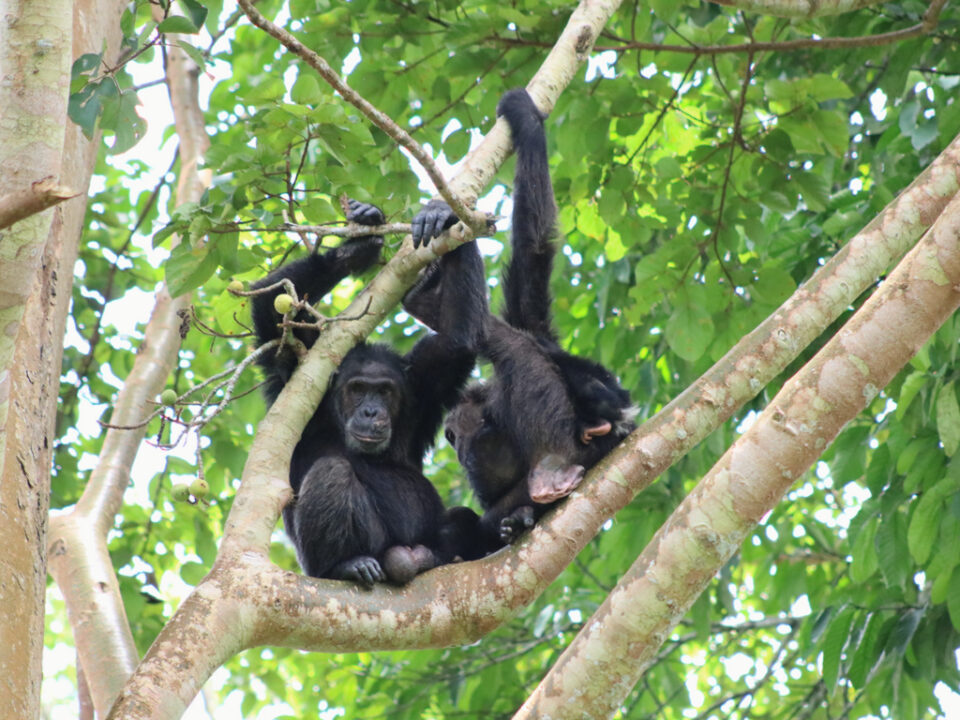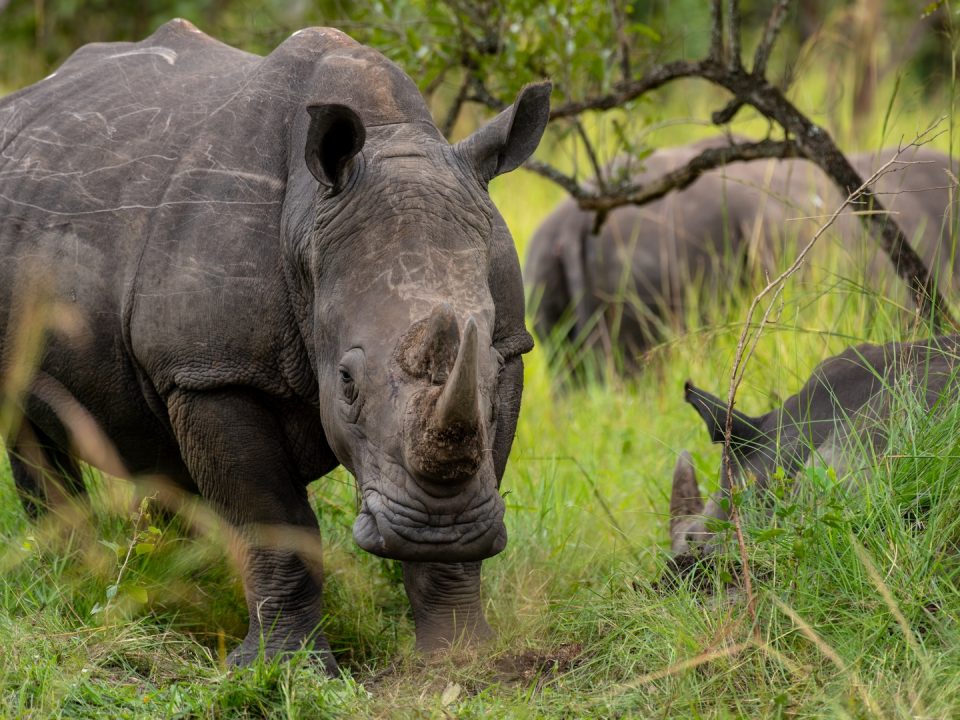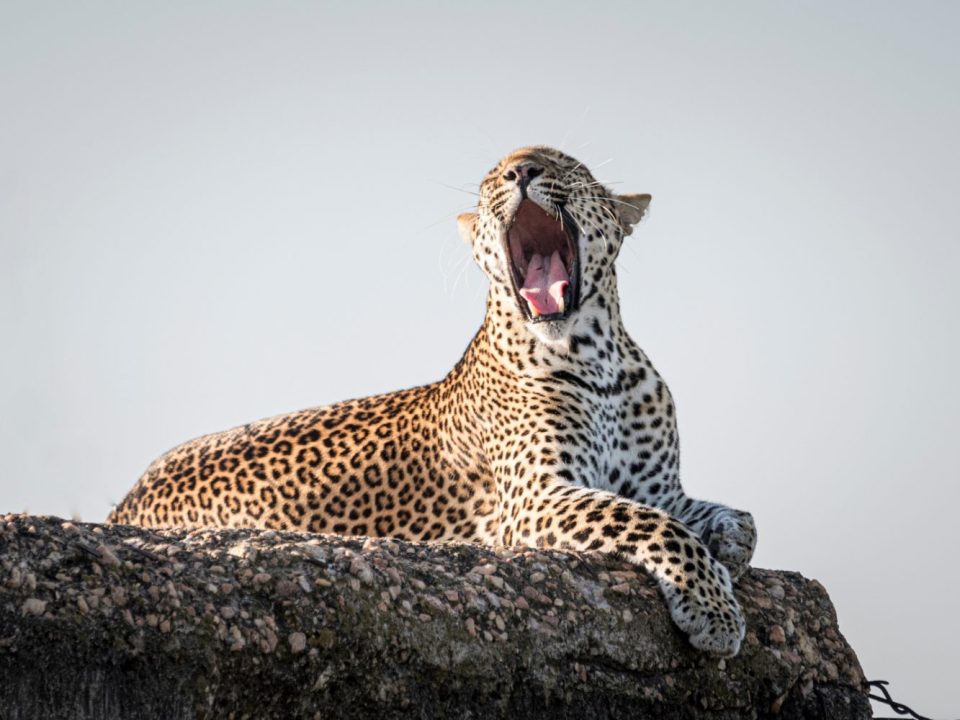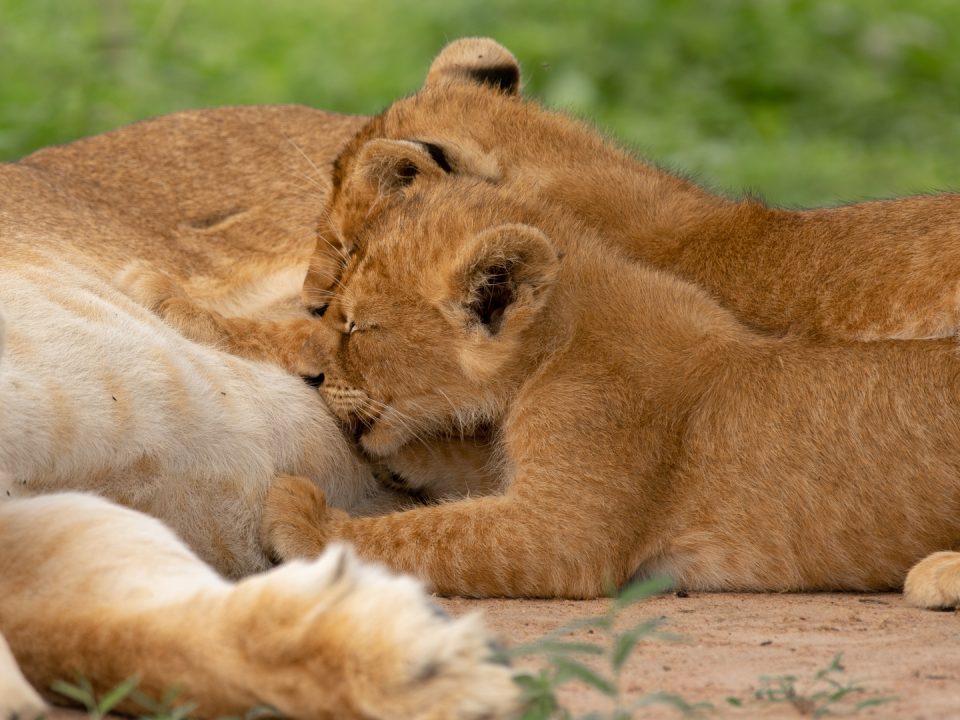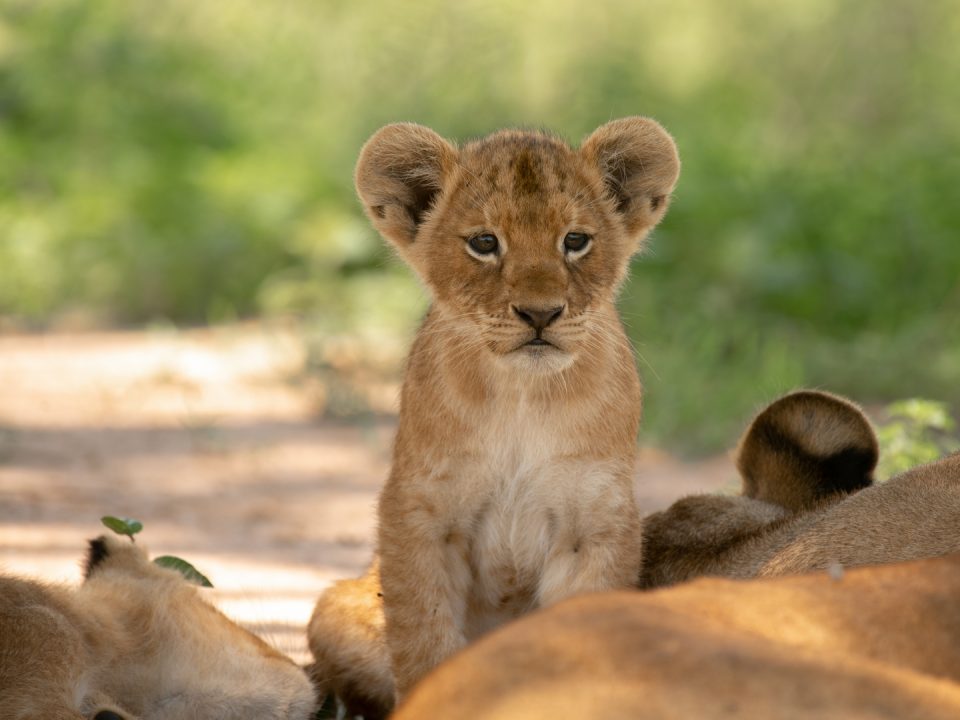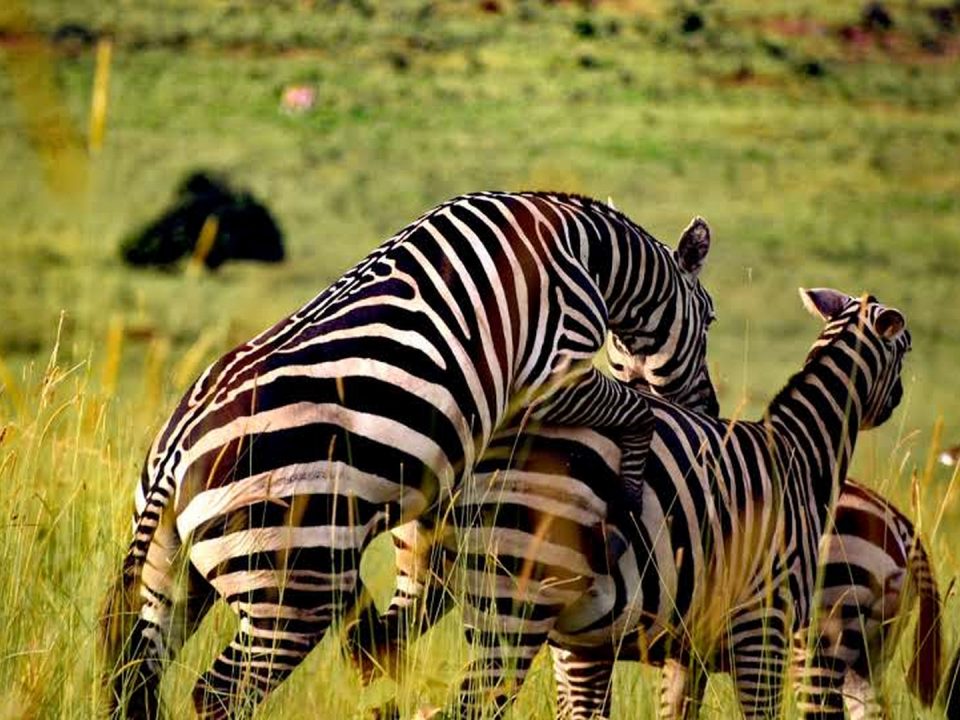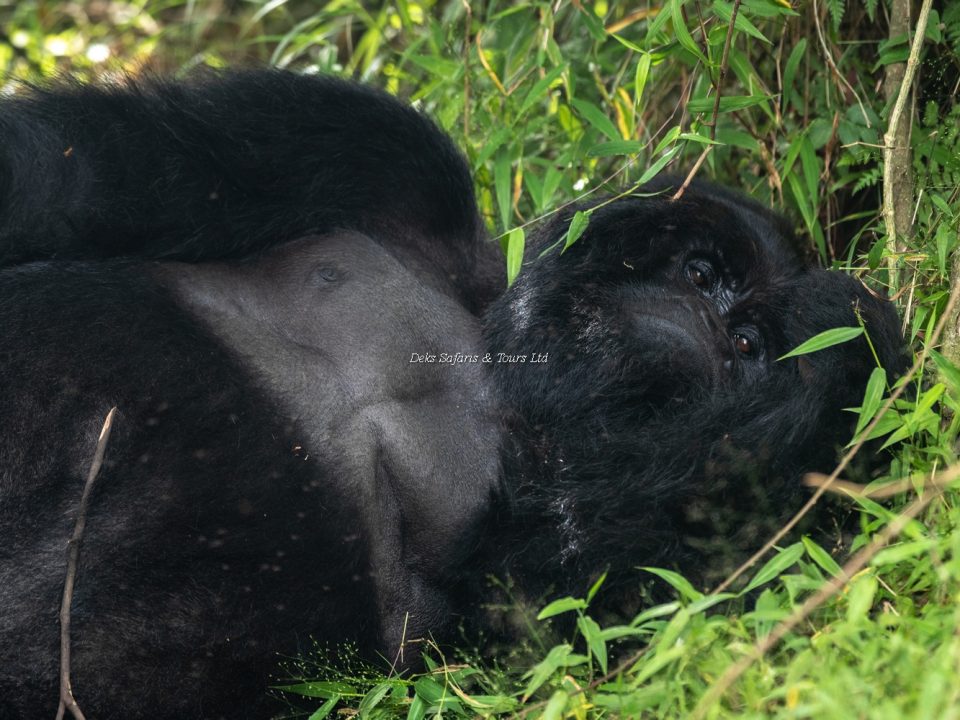Maasai Mara National Reserve – All You Need to Know BEFORE You Go (with Photos)
The Maasai Mara National Reserve is a renowned wildlife reserve in southwestern Kenya, adjacent to the Tanzanian border. It is part of the larger Mara-Serengeti ecosystem, which is known for its diverse and abundant wildlife, particularly during the annual migration of wildebeest and other herbivores.
The Maasai Mara National Reserve is not only a UNESCO World Heritage Site but also a crucial area for wildlife conservation and tourism, drawing visitors from around the world to experience the beauty and biodiversity of East Africa.
Wildlife in Maasai reserve is home to a wide variety of wildlife, including the “Big Five” (lion, leopard, elephant, buffaloes, and rhinoceros), as well as numerous other species of mammals, birds, and reptiles.
One of the most spectacular events in the Maasai Mara is the Great Migration, during which vast herds of wildebeest, zebras, and other ungulates migrate between the Maasai Mara and the Serengeti National Park in Tanzania. This migration usually occurs between July and October.
It is named after the Maasai people, who are traditional pastoralists living in the region. Visitors to the reserve often have the opportunity to interact with the Maasai and learn about their culture and way of life.
The Great Wildlife Migration in Maasai Mara National Reserve
The Great Migration in the Maasai Mara National Reserve is one of the most awe-inspiring wildlife spectacles on the planet. The migration involves vast herds of wildebeest, zebras, and other herbivores moving between the Maasai Mara in Kenya and the Serengeti National Park in Tanzania.
Overall, the Great Migration in the Maasai Mara National Reserve is a must-see for wildlife enthusiasts, providing a once-in-a-lifetime opportunity to witness the incredible journey of thousands of animals as they navigate the challenges of their annual migration.
Great Migration is a year-round phenomenon, but the most dramatic and well-known part occurs from July to October. During this period, the wildebeest and zebras cross the Mara River, risking encounters with crocodiles and other predators.
This migration follows a circular pattern covering the Serengeti in Tanzania and the Maasai Mara in Kenya. The animals move in search of fresh grazing and water, covering a distance of hundreds of kilometers.
One of the most iconic and dramatic scenes during the migration is the crossing of the Mara River. Thousands of wildebeest and zebras gather on the riverbanks, often hesitating before making the perilous swim across the river, where crocodiles lurk in the waters.
The Maasai People in Maasai Mara National Reserve
The Maasai people are an indigenous ethnic group living in East Africa, particularly in Kenya and Tanzania. In the Maasai Mara National Reserve, which is named after the Maasai people, visitors have the opportunity to interact with this unique and culturally rich community.
Visiting a Maasai village or attending cultural activities organized by the local communities can offer a deeper understanding of the Maasai people’s customs, traditions, and their role in the Maasai Mara ecosystem. It’s important for visitors to approach these experiences with respect for the community’s cultural integrity and traditions.
The Maasai are known for their distinctive customs, clothing, and traditional semi-nomadic pastoralist lifestyle. They have historically herded cattle and moved seasonally in search of grazing land and water sources.
Maasai attire is colorful and eye-catching. Both men and women wear traditional clothing and adornments made of brightly colored cloth, beads, and jewelry. The clothing and accessories often have symbolic meanings and are an important part of Maasai identity.
Cattle play a central role in Maasai culture. They are a symbol of wealth and status, and ceremonies such as weddings and rites of passage are often accompanied by the exchange of cattle. The Maasai have a deep connection to their livestock.
Wildlife on Maasai Mara National Reserve
The Maasai Mara National Reserve is renowned for its rich and diverse wildlife. The reserve is part of the larger Mara-Serengeti ecosystem, and it hosts a wide variety of animals, making it a popular destination for wildlife enthusiasts and safari-goers.
The Maasai Mara National Reserve’s diverse ecosystems, including savannahs, woodlands, and riverine areas, provide habitats for a wide range of wildlife. The annual migration is a particularly spectacular event that attracts visitors from around the world to witness the incredible abundance of life in this iconic African wilderness.
The Big Five
- Lion: The Maasai Mara is home to a healthy population of lions. These iconic big cats are often spotted during game drives, especially near riverbanks and in grassy plains.
- Leopard: Known for their elusive nature, leopards can be found in the acacia woodlands and along the Mara River. They are skilled climbers and are sometimes seen resting in trees.
- Elephant: Elephants are commonly seen in the Maasai Mara, particularly in the woodlands and near water sources. The reserve provides a vital corridor for elephants moving between Kenya and Tanzania.
- Buffalo: Large herds of buffalo roam the grasslands of the Maasai Mara. They are often found near water sources and can be observed grazing in open areas.
- Rhinoceros: Both black and white rhinoceros can be found in the Maasai Mara, although sightings are relatively rare. Conservation efforts are in place to protect these endangered species.
Wildebeest and Zebra
- The Great Migration of wildebeest and zebras is a highlight of the Maasai Mara. The vast herds move between the Maasai Mara and the Serengeti in search of fresh grazing, creating one of the most spectacular wildlife events on the planet.
- Cheetah
- Giraffe
- Hippopotamus and Crocodile
- Birdlife
- Hyenas and Wild Dogs
- Antelopes and Gazelles
Safari Activities Done in Maasai Mara National Reserve
The Maasai Mara National Reserve offers a range of safari activities, providing visitors with opportunities to experience the diverse wildlife and landscapes of this iconic African destination.
When planning a safari in the Maasai Mara National Reserve, it’s advisable to choose activities that align with personal interests and preferences. The diverse range of options ensures that visitors can tailor their experience to suit their individual preferences, whether focused on wildlife, culture, photography, or a combination of these elements.
- Game Drives
- Balloon Safaris
- Guided Nature Walks
- Cultural Visits to Maasai Villages
- Photography Safaris
- Night Game Drives
- Bird Watching
- Walking Safaris
- Great Migration Safaris
- Fly-in Safaris
How to Get to Maasai Mara National Reserve?
Getting to the Maasai Mara National Reserve involves travel to the southwestern part of Kenya. The reserve is located in the Rift Valley Province, adjacent to the Tanzanian border. Before planning your journey to the Maasai Mara, it’s advisable to check the current road conditions, weather forecasts, and any travel restrictions. Additionally, booking accommodations and safaris in advance is recommended, especially during peak seasons when the demand for lodging and tours is high.
Common Ways to Get To the Maasai Mara
By Air
- Flights to Mara Serena Airstrip: The Maasai Mara is served by several airstrips, with Mara Serena Airstrip being one of the main ones. Domestic airlines operate daily flights from Nairobi’s Wilson Airport to Mara Serena Airstrip. The flight takes about 45 minutes.
- Flights to Other Airstrips: There are other airstrips in the Maasai Mara, such as Keekorok Airstrip and Musiara Airstrip, which are also accessible by domestic flights. Flying is a convenient option for those looking to save time and avoid long drives.
By Road
- Driving from Nairobi: The most common route by road is from Nairobi. The journey typically takes around 5 to 6 hours, depending on the road conditions and the specific entry gate to the reserve. The roads leading to the Maasai Mara can be rough and may require a 4×4 vehicle, especially during the rainy season.
- Tour Operators and Shuttles: Many tour operators offer safari packages that include transportation from Nairobi to the Maasai Mara. Additionally, there are shuttle services that operate between Nairobi and the reserve, providing a more comfortable option than self-driving.
Wildlife Conservancies in Maasai Mara National Reserve
In addition to the Maasai Mara National Reserve itself, there are several wildlife conservancies in the greater Maasai Mara ecosystem. These conservancies play a crucial role in wildlife conservation, community engagement, and sustainable tourism.
These conservancies typically offer a more exclusive and intimate safari experience compared to the Maasai Mara National Reserve itself. Visitors to these areas often enjoy the benefits of fewer vehicles, greater flexibility in activities, and a closer connection to nature. Additionally, the conservancies prioritize conservation and community involvement, making them key players in the sustainable development of the region.
Some Notable Wildlife Conservancies in the Maasai Mara region
Maasai Mara Conservancies
The Mara Conservancies are a collection of private and community-owned conservancies surrounding the Maasai Mara National Reserve. These conservancies work closely with local Maasai communities to promote sustainable land use, wildlife conservation, and community development. They offer exclusive safari experiences with fewer visitors and a focus on low-impact tourism.
Some of the Well-Known Conservancies within This Area Include
- Olare Motorogi Conservancy
- Naboisho Conservancy
- Mara North Conservancy
- Enonkishu Conservancy
- Ol Kinyei Conservancy
Ol Chorro Oirowua Conservancy
This conservancy is part of the larger Mara Ecosystem and is known for its efforts in wildlife conservation and community engagement. It collaborates with local Maasai communities to promote sustainable coexistence between people and wildlife.
Mara Triangle Conservancy
The Mara Triangle is a not-for-profit wildlife conservancy within the Maasai Mara National Reserve. It is managed by the Mara Conservancy and is known for its strict conservation policies and commitment to protecting the environment. Entrance fees paid by visitors contribute to conservation efforts in the Mara Triangle.
Conservancies in the Greater Mara Ecosystem
Beyond the immediate vicinity of the Maasai Mara, there are other conservancies contributing to the conservation of the greater Mara ecosystem. These include areas such as the Siana Conservancy and the Olare Lemunyai Conservancy.
Best Time to Visit Maasai Mara National Reserve
The best time to visit the Maasai Mara National Reserve depends on your specific interests, as different seasons offer unique experiences. The two main factors influencing the timing of your visit are the weather and the Great Migration.
It’s important to note that wildlife viewing is excellent in the Maasai Mara year-round, and each season has its unique attractions. Your choice of timing may also depend on personal preferences regarding weather, crowd levels, and specific wildlife interests.
When planning your visit, consider checking with local tour operators or lodges for the most up-to-date information on wildlife movements and conditions. Additionally, booking accommodations and safaris in advance, especially during peak seasons, is advisable to secure the best options for your trip.
Great Migration (July to October)
The most popular time to visit the Maasai Mara is during the Great Migration, which usually takes place from July to October. Millions of wildebeest and zebras migrate from the Serengeti in Tanzania to the Maasai Mara in search of fresh grazing. Witnessing river crossings during this time is a spectacular and iconic wildlife experience.
Dry Season (June to October)
The dry season, which aligns with the Great Migration, is generally considered the best time for game viewing. The weather is cooler, and the vegetation is less dense, making it easier to spot wildlife. Predators are also more active during this time, and the risk of malaria is lower.
Calving Season (December to March)
The calving season, from December to March, is another interesting time to visit. During this period, wildebeest give birth to their young in the southern Serengeti, attracting predators to the area. While the migration itself is not in the Maasai Mara during this time, the abundance of young animals can provide unique wildlife viewing opportunities.
Birdwatching Season (November to April)
The wetter months from November to April are excellent for birdwatching, as migratory birds arrive in the region. The landscape is lush and green, providing a beautiful backdrop for photography. However, some areas may be challenging to access due to muddy roads during heavy rains.
Low Season (April to June)
The period from April to June is considered the low season, as it corresponds with the long rains. During this time, wildlife is still abundant, and accommodations may offer lower rates. However, road conditions can be challenging, and some lodges may close temporarily for maintenance.
A List of Luxury Lodges and Camps in Maasai Mara National Reserve
Several luxury lodges and camps offer high-end accommodations and safari experiences in the Maasai Mara National Reserve. Keep in mind that the availability of lodges and camps may change, and new establishments may have been introduced since then.
When planning a luxury safari in the Maasai Mara, it’s advisable to check for the latest reviews, availability, and any updates on accommodations. Additionally, consider reaching out to reputable tour operators or travel agencies for assistance in planning your luxury safari experience.
List of Some Well-Known Luxury Lodges and Camps in the Maasai Mara National Reserve
- Mara Plains Camp
- Mara Bushtops
- Angama Mara
- Governors’ Camp
- Mara Serena Safari Lodge
- Richard’s River Camp
- Cottar’s 1920s Safari Camp
- Bateleur Camp by Kichwa Tembo
- Elephant Pepper Camp
- Saruni Mara
A List of Mid-Range Lodges and Camps in Maasai Mara National Reserve
Several mid-range lodges and camps offer comfortable accommodations and safari experiences in the Maasai Mara National Reserve. Please note that the availability of lodges and camps may change, and new establishments may have been introduced since then.
When planning your visit, consider checking recent reviews, availability, and any updates on accommodations. It’s also a good idea to contact lodges or use reputable travel platforms to get the most current information. Additionally, consulting with tour operators or travel agencies can help tailor your mid-range safari experience in the Maasai Mara.
List of Some Mid-Range Options in the Maasai Mara National Reserve
- Mara Leisure Camp
- Sentrim Mara Camp
- Ashnil Mara Camp
- Mara Sopa Lodge
- Mara Serena Safari Lodge
- Olmoran Tented Camp
- AA Lodge Mara
- Fig Tree Camp
- Mara Chui Resort
- Sekenani Camp
A List of Budget Lodges and Camps in Maasai Mara National Reserve
Budget accommodation options in the Maasai Mara National Reserve tend to be limited compared to mid-range and luxury options. However, there are a few camps and lodges that offer more affordable rates. Keep in mind that the availability of lodges and camps may change, and new establishments may have been introduced since then.
It’s important to note that the term “budget” in the context of the Maasai Mara often refers to more basic accommodations rather than extremely low-cost options. Additionally, some lodges and camps may offer discounted rates during certain seasons or for longer stays.
When considering budget accommodations, it’s advisable to check recent reviews, availability, and any updates on facilities. Travelers looking for more economical options may also explore staying in nearby towns or conservancies outside the reserve, where a range of accommodation options may be available. Consulting with local tour operators or travel agencies can help in finding suitable budget-friendly options for your stay in the Maasai Mara.
List of Some Budget-Friendly Options in the Maasai Mara National Reserve
- Enchoro Wildlife Camp
- Manyatta Camp
- Miti Mingi Eco Camp
- Elangata Olerai Camp
- Jambo Mara Safari Lodge
- Ol Moran Tented Camp
Luxury Africa Tours & Holidays – Deks Safaris and Tours Ltd
- 6 Days Uganda Kenya Tour
- 7 Days Rwanda Uganda Tour
- 8 Days Kenya Uganda Luxury Safari
- 8 Days Kenya Uganda Tour
- 9 Days Kenya Uganda Safari
- 10 Days Kenya Uganda Safari
- 10 Days Uganda Kenya Tanzania Safari
- 10 Days Rwanda Kenya Tanzania Safari
- 11 Days Kenya Uganda Rwanda Safari
- 11 Days Kenya Uganda Safari
- 11 Days Uganda Kenya Zanzibar Safari
- 11 Days Rwanda Kenya Safari
- 12 Day Kenya Uganda Rwanda Safari
- 13 Days Uganda Kenya Tanzania Safari
- 14 Days Across Africa Safari
- 14 Days Rwanda Tanzania Safari
- 15 Days Kenya Rwanda Tour
- 16 Days Kenya Uganda Safari
- All
- Adventure Holidays
- Africa Adventure Tours
- Africa Safari News
- Africa Senior Tours
- Africa Tour
- Africa Tours
- Africa Village Tours
- Africa Wildlife Safari
- Africa Wildlife Tour
- Burundi Safari
- Burundi Safaris
- Burundi Tour
- Burundi Tours
- Chimpanzee Tracking News
- Congo Safaris
- Golden Monkey Tracking Uganda
- Gorilla Safaris
- Gorilla Trekking Africa
- Great Wildlife Migration
- Hot Air Balloon Safari
- Kenya Birding Safaris
- Kenya Cultural Tours
- Kenya Safari Holidays
- Kenya Wildlife Safaris
- Luxury Holidays in Uganda
- Luxury Packages in Uganda
- Luxury Safari in Uganda
- Luxury Safaris in Uganda
- Luxury Travel in Uganda
- Luxury Travels in Uganda
- Rwanda Cultural Tours
- Rwanda Gorilla Safaris
- Rwanda Primates Tours
- Rwanda Safari Holidays
- Rwanda Vacation Holidays
- Rwanda Wildlife Safaris
- Tanzania Safari Holidays
- Tanzania Wildlife Safaris
- The Maasai Cultural Tour
- Travel News
- Uganda Birding Safari
- Uganda Cultural Safari
- Uganda Gorilla Trekking Safari
- Uganda Safari News
- Uganda Safari Parks
- Uganda Safaris
- Uganda Safaris Tour
- Uganda Tour
- Uganda Tours
- Uganda Wildlife Safari
- Water Rafting Travel News
- Wildlife Safari News

